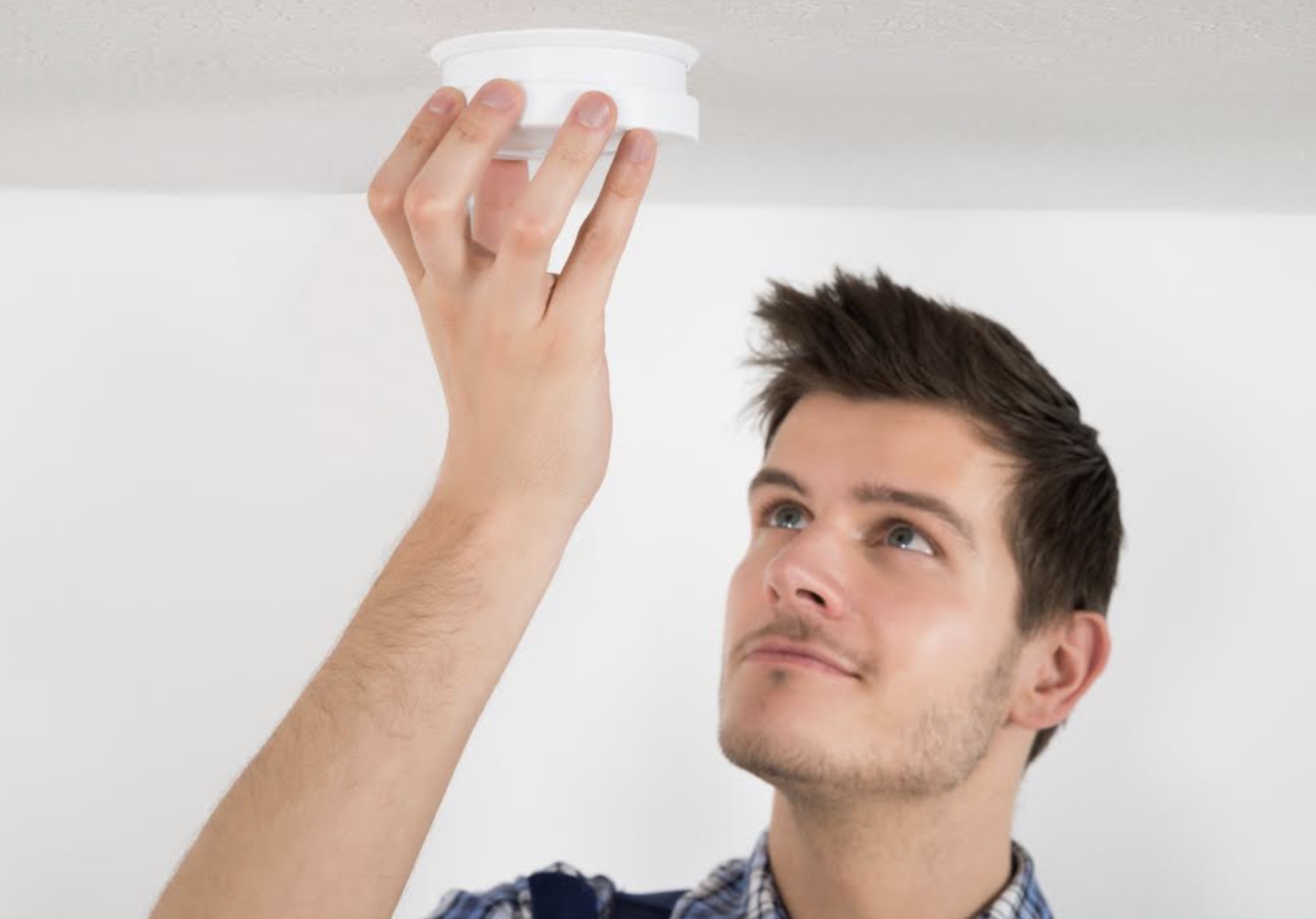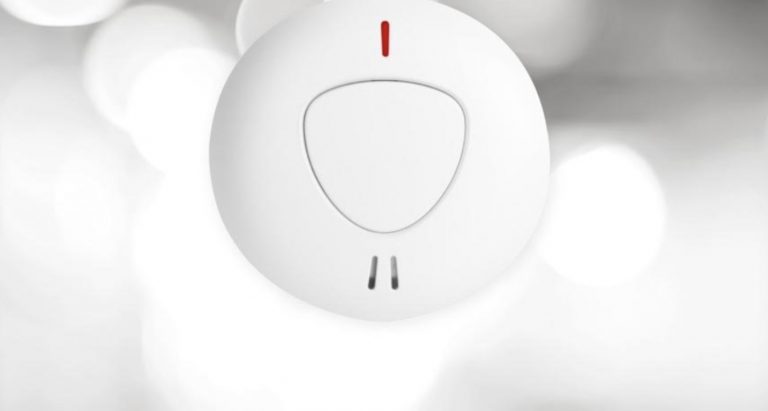There are many different types of smoke detectors on the market, with the way in which they detect smoke being very different. A recent change to laws in the state of QLD, Australia has mandated that all smoke alarms be photoelectric and interconnected for all individuals selling their property or for landlords renting a property.
Story Stages
What is an interconnected smoke alarm?
An interconnected smoke alarm simply means that it is connected to all the other smoke alarms on a property via a wired or wireless network. The benefit of interconnected smoke alarms is that if one smoke alarm detects smoke and starts sounding, then all of the alarms start sounding. The theory is that this may provide an early warning for occupants living in the house, especially if it is a large multi-story dwelling.
What does photoelectric smoke alarms do?
A photoelectric smoke alarm “sees” the small smoke particles in the air and is the recommended type of smoke alarm for slow smouldering fires (most common in house fires). Older smoke detectors use radioactive ionisation and are less proficient at detecting smoke from these types of fires. Ionisation alarms have also been known to cause frustrating nuisance alarms, which may cause people to turn them off, putting themselves at risk. For these reasons the older style ionisation smoke alarms are being phased out in Australia and being replaced with wireless interconnected photoelectric smoke alarms.
How are smoke alarms interconnected?
Smoke alarms ‘talk’ to each other using a small in built radio transmitter that emits a radio frequency. All the alarms within the network communicate on the same frequency which allows them to be interconnected. After purchasing a bundle of smoke alarms, a short pairing process needs to be followed to ensure all alarms are interconnected with each other.
Are all interconnected smoke alarms compatible?
No – interconnected smoke alarms are not compatible between brands. The reason for this is that manufacturers use different software within the smoke alarm’s processor. This means the setup and pairing process will be brand specific. It is recommended that you follow the manufacturer’s instructions when interconnecting your smoke alarms.
What is the range of interconnected smoke alarms?

The physical distance that wireless smoke alarms can operate varies with each brand. Most alarms work up to a 30 metre maximum distance between each alarm. This is normally enough for the average home. The radio frequency is also strong enough to penetrate through walls and floors without compromising the ability of the alarms to communicate so you don’t need to worry about this.
Do interconnected smoke alarms need to be hardwired?
Not all interconnected smoke alarms need to be hardwired. Within QLD, hardwired smoke alarms must be used for new builds and substantial renovations. Also, if an existing hardwired smoke alarm is being replaced then it must be replaced with a hardwired smoke alarm. In all other situations in QLD, interconnected smoke alarms may be powered by a sealed 10-year lithium battery.
What about Australian Standard 3786:2014 and interconnected smoke alarms?
Australian Standard 3786:2014 provides a set of requirements for smoke alarm interconnectivity and what information must be included on the smoke alarm packaging and user manual. Manufacturers are required to state the maximum number of smoke detectors which can be interconnected together, and also the frequency at which they operate. It is recommended you read your instruction manual and look at the label on the back of the alarm to review its compliance information.
Disadvantages of interconnected smoke alarms

The most common misbelief about interconnected smoke alarms is that they may set off alarms in a neighbour’s house. This is not possible because smoke alarms on one network group are paired to a “master” alarm. This master alarm will be different from the master alarm on any other adjoining group. Therefore, this cannot be considered a disadvantage.
Conclusion
The possible lifesaving benefits of installing interconnected smoke alarms cannot be underrated, particularly as reliability improves and the cost associated with these types of alarms reduces. Protect the lives of your family and install interconnected smoke alarms today – yes they do really work!
